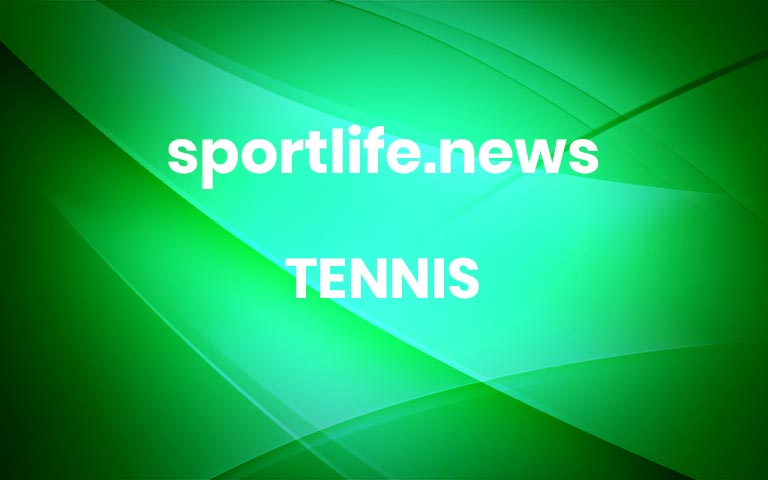Jamal Murray Is Learning to Unwind After Winning NBA Championship
It was a Sunday afternoon in early July, and Jamal Murray had been in Las Vegas for a few days — enough time for the city to wear out anyone.“I’m a little hung over,” he said, smiling in apology as he tried — unsuccessfully — to remember some details of the post-championship interactions he’d had with Denver Nuggets fans. Murray, the Nuggets’ star point guard, was less than a month removed from helping the franchise win its first N.B.A. championship.He had spent the previous night feting his friend Alexander Volkanovski, U.F.C.’s featherweight champion, after Volkanovski won U.F.C. 290 to remain undefeated in the 145-pound weight class. Murray had joined him for several hours before the fight and had been struck by how at ease Volkanovski was. The fighter had been happy to laugh and joke with Murray despite an important bout awaiting him later that evening.“This is like a championship belt for him, right?” Murray said. “He was just so loose about it. It kind of brought me back to, like, I don’t have to take my routine as serious as long as I know how to flip a switch, turn it on and bring it when I need it.”Alexander Volkanovski celebrated his win over Yair Rodriguez at U.F.C. 290 in Las Vegas in July.Jeff Bottari/Zuffa LLC, via Getty ImagesThe lesson could come in handy for Murray as he prepares for his next N.B.A. season, with training camps beginning in about a month. Last week, he went to Sydney to attend U.F.C. 293, where Israel Adesanya lost his middleweight belt to Sean Strickland. Murray planned to spend some time training with Volkanovski while there.Murray befriended Volkanovski during a visit to Australia last August. They shot a video together, with each one going through the other’s training routines. Murray hit a heavy bag. Volkanovski shot some free throws.There are superficial differences between the two — Murray is nearly a foot taller than the 5-foot-6 Volkanovski, and Volkanovski is eight years older — but in Murray, Volkanovski saw someone who shared the work ethic and discipline on which he prided himself. Volkanovski instantly took to Murray.“I’m a Nuggets guy now purely because of our connection,” Volkanovski said in late July, a few weeks after Murray joined him for U.F.C. 290.Their friendship grew at a challenging time for Murray.Murray had missed the 2021-22 N.B.A. season as he recovered from a torn anterior cruciate ligament in his left knee. He had to teach himself how to walk again, and he spent days wondering about his basketball future.Nuggets Coach Michael Malone later recalled that Murray, with tears in his eyes, had asked if the Nuggets were going to trade him because of his injury.In the fall of 2022, Murray began playing N.B.A. basketball again.Denver had the best record in the Western Conference for most of the season. As Murray grew more comfortable, he and Nikola Jokic, the team’s star center, became a fearsome tandem. During the playoffs, they became the first teammates to have triple-doubles with at least 30 points in the same game.“I’m still coming back, though,” Murray said in July. “I didn’t have a full off-season to recover. Or train on what I wanted to. My whole last summer was just working on my strength here.”He patted his knee.“And that was it. I didn’t get to work on my game.”He had thrown himself into his return, and he had also been gravely serious about his pregame routine, leaving no time for levity.The Nuggets won the N.B.A. championship in June, beating the Miami Heat in five games. That final night, as Murray left the arena in Denver, he sat in the passenger seat of a black car and occasionally rolled down his window to greet anyone who wanted to say hello. At one stoplight around 1 a.m., a fan spotted Murray as she was crossing the street. She sprinted over to Murray and hugged him through the car window. Rather than recoil at contact from a stranger, Murray returned the hug, smiling.“Everybody’s just trying to be a part of the moment, which is really cool,” Murray said.Murray bested his career averages in points and assists per game during the 2022-23 season, his return to play from a serious knee injury in April 2021.Bridget Bennett for The New York TimesAbout four weeks later, he joined Volkanovski for his own championship bout.There, Murray saw a different style of preparation than the one he’d employed during the season.“I’ll definitely have my moment throughout my car ride, ‘There’s no way that they’re taking this belt away from me.’ But I’m usually pretty chill,” Volkanovski said. “I’m happy to have a little laugh.”Volkanovski said he wondered if the violent nature of mixed martial arts might have made Murray more interested in his relaxed demeanor before the fight.“Probably he could look at that, I mean, like, ‘This guy’s about to go to war and he literally treats it as, like, you know, this is his job, he knows he’ll be fine,’” Volkanovski said. “‘He’s obviously confident in his preparation and all that.’”While Volkanovski appreciated hearing that Murray sought inspiration from his process, he respects Murray’s process as well.“Everyone has their own way of preparing for their — whatever they do,” Volkanovski said. “And you can never knock it, because obviously he’s playing some good basketball, so you don’t want to change much.”In July, Murray stayed for Volkanovski’s post-fight media appearances, then celebrated afterward at a gathering that Shaquille O’Neal also attended. The summer, at least, afforded a chance to unwind. More



